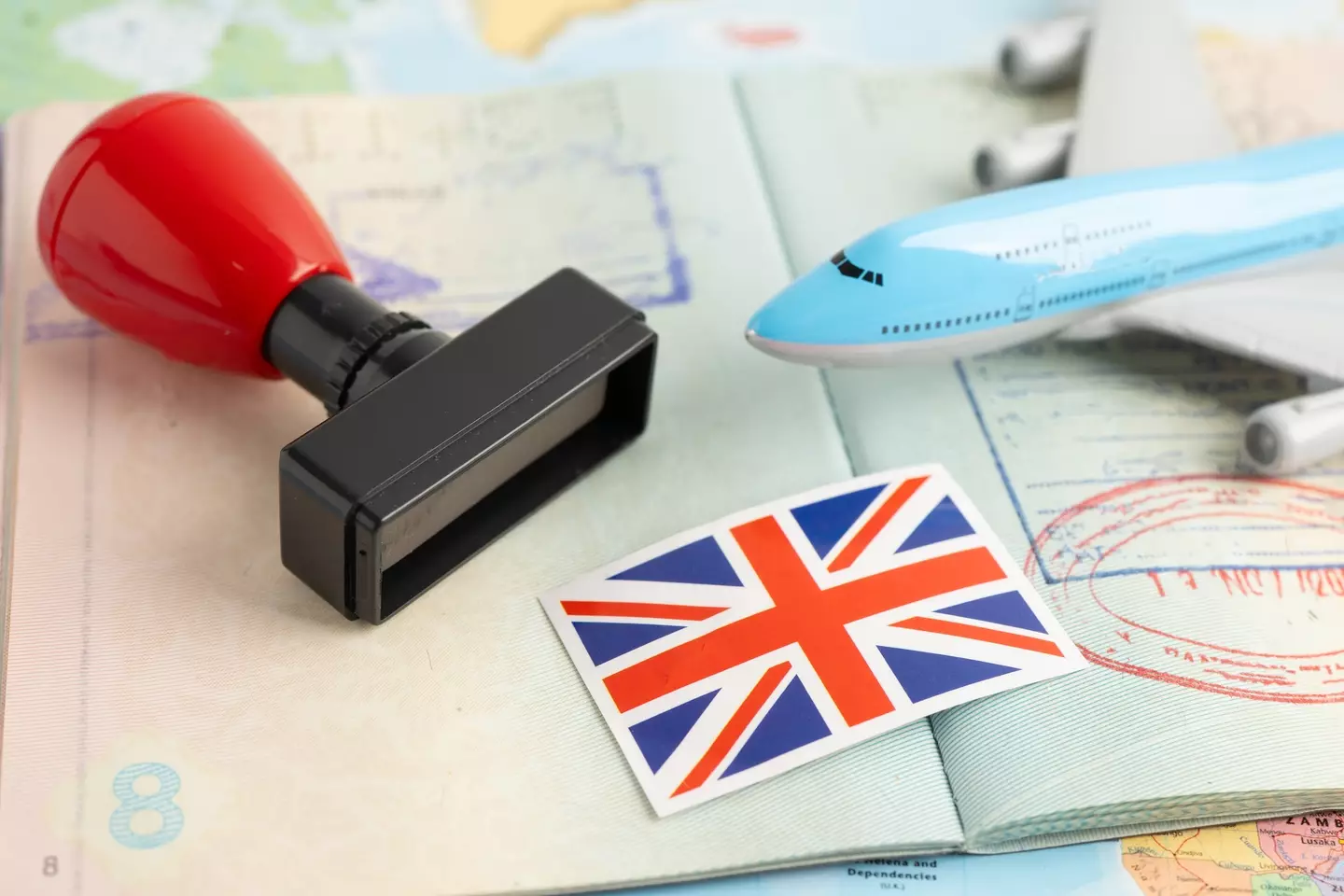Anyone travelling to these European destinations next summer warned about new rules

A warning has ben issued to all Brits travelling to Europe next year and it’s imperative that all keen travellers are in the know.
The strict rules are set to be put into action partway through 2025 – and they are by far the tightest we’ve seen yet.
Any British travellers with plans to visit the EU will need be required to provide an extra document – an ETIAS – before they can set foot in the Schengen Area, which includes the majority of EU countries, with the exception of Cyprus and Ireland.
In March this year, Bulgaria and Romania became the newest Member States to join.
So before you jet off on your European getaway, here’s the run-down of what to expect.
Don’t let the new rules get in the way of stress-free travelling. (Getty Stock Image)
What is an ETIAS?
The visa document stands for ‘European Travel Information and Authorisation System’.
Travellers will need to apply online on either the official website or their moblie application, according to the European Union’s website. There will be no way to apply via post or phone, however.
While most applications are likely to be approved within a few minutes – some could take up to three days, and in rare cases, it may take up to 30 days.
The European Union’s website suggests applying for your visa well in advance of your trip.
How much will they cost?
The visa waiver will set you back €7 (around £6).
Travellers aged between 18 and 70 will need to pay the fee, though it will be free for those outside of that bracket.

Passport stamping will be a thing of the past. (Getty Stock Image)
When will they come into effect?
Ylva Johansson, the EU home affairs commissioner, has suggested that it will happen in the spring or by May half-term holiday, the BBC reports.
Meanwhile, the website says it’s looking to happen within the ‘first half of 2025’.
The ETIAS requirement will be actioned alongside the new Entry/Exit System of the EU – the EES – which starts on 10 November, so in any case of postponement it will be actioned by then.
How long will they be valid for?
The good news is that a valid ETIAS will be valid for three years, or on the date your passport expires if that’s under three years.
According to the website, a valid ETIAS visa will allow you to stay in a country for up to 90 days in a 180-day period.
It further states that you must also be in possession of your visa during your entire stay – you may also leave or return to the country of choice anytime so long as this time limit is adhered to.

Having an ETIAS is crucial for travel to Europe. (Getty Stock Image)
Why has ETIAS been introduced?
The new EES will require all passengers without EU passports to have their picture taken as well as their fingerprints when travelling.
The alignment of the ETIAS and EES will aim to ensure the European Union’s borders are more secure.
As per Metro, Johansson said: “With the Entry/Exit System we will know exactly who enters the Schengen Area, with a foreign passport. We will know if people stay too long, countering irregular migration.
“The Entry/Exit System will make it harder for criminals, terrorists or Russian spies to use fake passports. Thanks to biometric identification: photos and fingerprints. It will be goodbye to passport stamping, hello to digital checks for all passengers from outside the EU, making travel easier, and border checks gradually faster.
“And then the next step comes quick – ETIAS. Live in 2025 – travel authorisation to enter 30 European countries for people from 60 visa free countries.”
Related
Brits forced to pay fee to visit these 30 countries…
UK tourists will be required to pay a fee to visit 30 countries in Europe under new European Union (EU) travel rules.The rules mean British holidaymakers will n
The beautiful European island with just 148 locals
Irakleia is a beautiful island in the Minor Cyclades of Greece, nestled in the heart of the Aegean Sea and just an hour away from Naxos. Officially recorded t
Warning issued for Brits flying easyJet and Ryanair to popular…
Passengers flying with Ryanair, easyJet and British Airways should expect disruption (Picture: Urbanandsport/NurPhoto via Getty Images) Passenge










